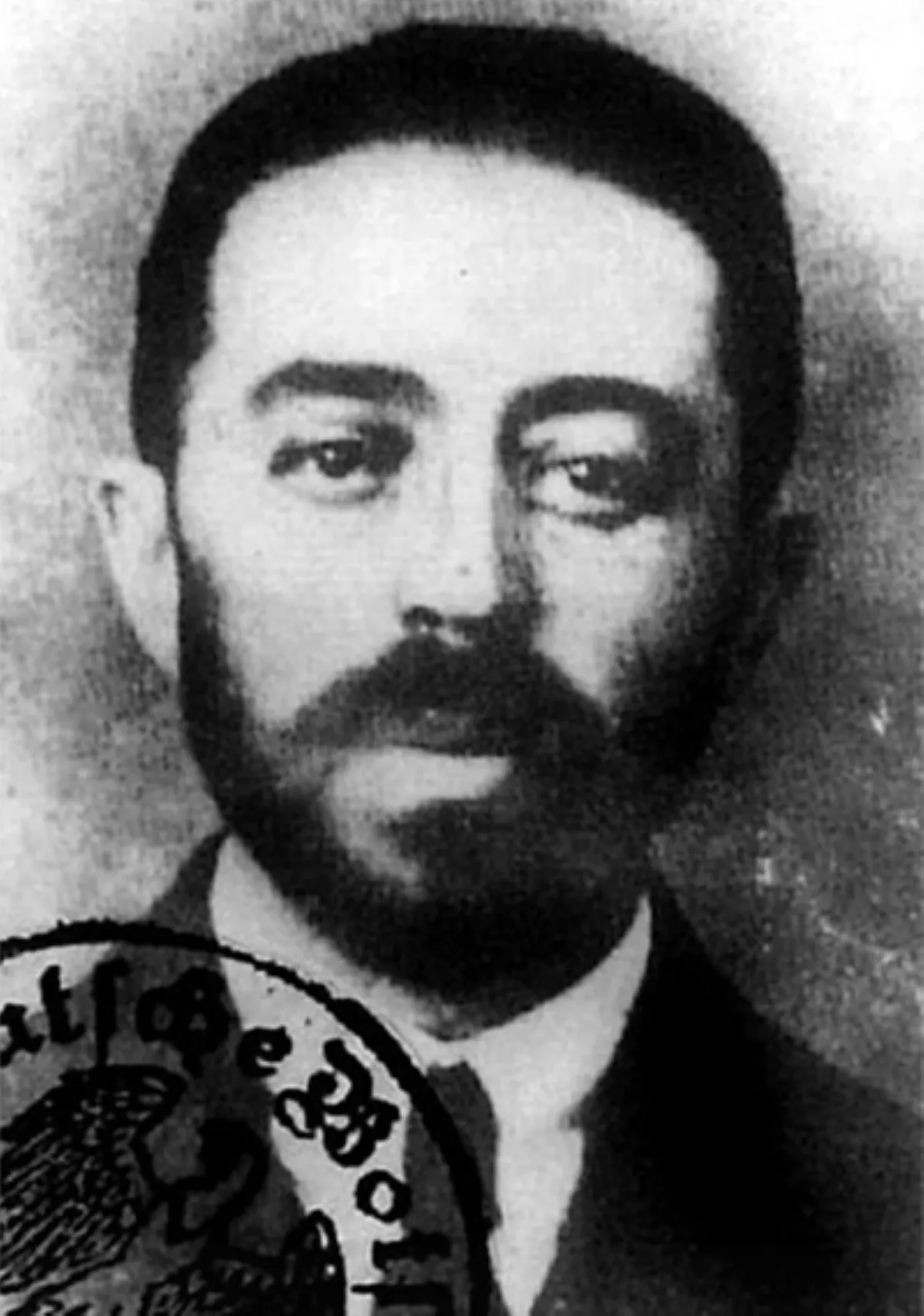 1.
1. Sidney Reilly is alleged to have spied for at least four different great powers, and documentary evidence indicates that he was involved in espionage activities in 1890s London among Russian emigre circles, in Manchuria on the eve of the Russo-Japanese War, and in an abortive 1918 coup d'etat against Vladimir Lenin's Bolshevik government in Moscow.